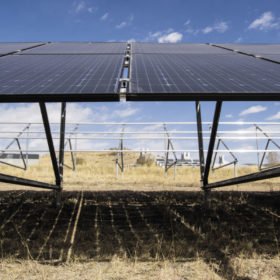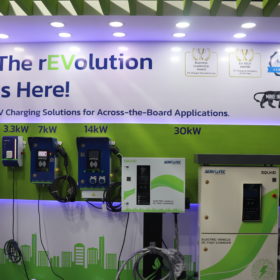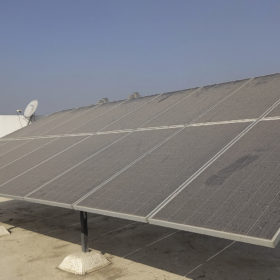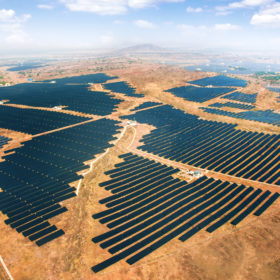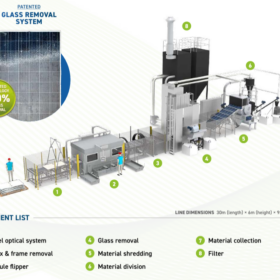Larsen & Toubro wins 112.5 MW solar project in West Bengal
Larsen & Toubro will build a 112.5 MW solar power plant on an EPC (engineering, procurement and construction) basis in the southwestern part of West Bengal.
Himachal Pradesh targets 100% green energy by 2025
Solar projects aggregating to 500 MW are on the anvil. These projects are planned in the state during the fiscal year 2023-24.
New modular solar solution features cost-cutting ‘slide-together’ system
Green Energy Systems has unveiled a new Australia-made prefabricated modular PV solution for large-scale applications that purportedly offers significant cost reductions by eliminating all stainless-steel nuts, bolts and other traditional fitments in favor of a “slide-together” aluminum junction system.
REC commits INR 45,350 crore to 10 GW of renewables in Uttar Pradesh
The non-banking finance company, under the power ministry, has signed agreements to provide financial assistance of over INR 1 lakh crore ($12.3 billion) for various power and infrastructure projects in Uttar Pradesh. This includes INR 45,350 crore for 10 GW of renewable energy capacity addition.
Servotech hits 1,400 EV charger supply milestone in three months
Servotech Power Systems has supplied 1,400 EV chargers in a span of three months in various cities across India.
Soiling – a multibillion-dollar issue
A new report by the International Energy Agency’s Photovoltaic Power Systems Programme (IEA-PVPS) estimates that lost revenue from PV module soiling amounts to more than €3 billion ($3.2 billion) per year – an amount that is only set to increase as PV systems grow larger and more efficient.
GameChange releases new solar tracker
US tracker manufacturer GameChange Solar’s latest product launch follows its recently announced decision to increase its annual domestic manufacturing capacity to 24 GW.
Rajasthan tenders 1 GW of solar projects
Rajasthan Urja Vikas Nigam Ltd is accepting bids to develop 1 GW of solar PV projects in Rajasthan, connected to the state transmission utility grid. Minimum bid capacity is 50 MW.
Rays Power Infra switches on 275 MW DC solar plant in Bangladesh
Rajasthan-based Rays Power Infra has switched on Bangladesh’s largest solar power plant of 275 MW DC. It completed the project within the scheduled timeline of 14 months.
Adani Green Energy buys 50% stake in Rajasthan-based solar park developer
The developer’s arm Adani Renewable Energy Holding Two has signed a deal to acquire a 50% stake in Essel Saurya Urja Co. of Rajasthan Ltd (ESUCRL) from Essel Infraprojects Ltd, for INR 15 crore. The remaining 50% equity of ESUCRL will continue to be held by the Government of Rajasthan.
